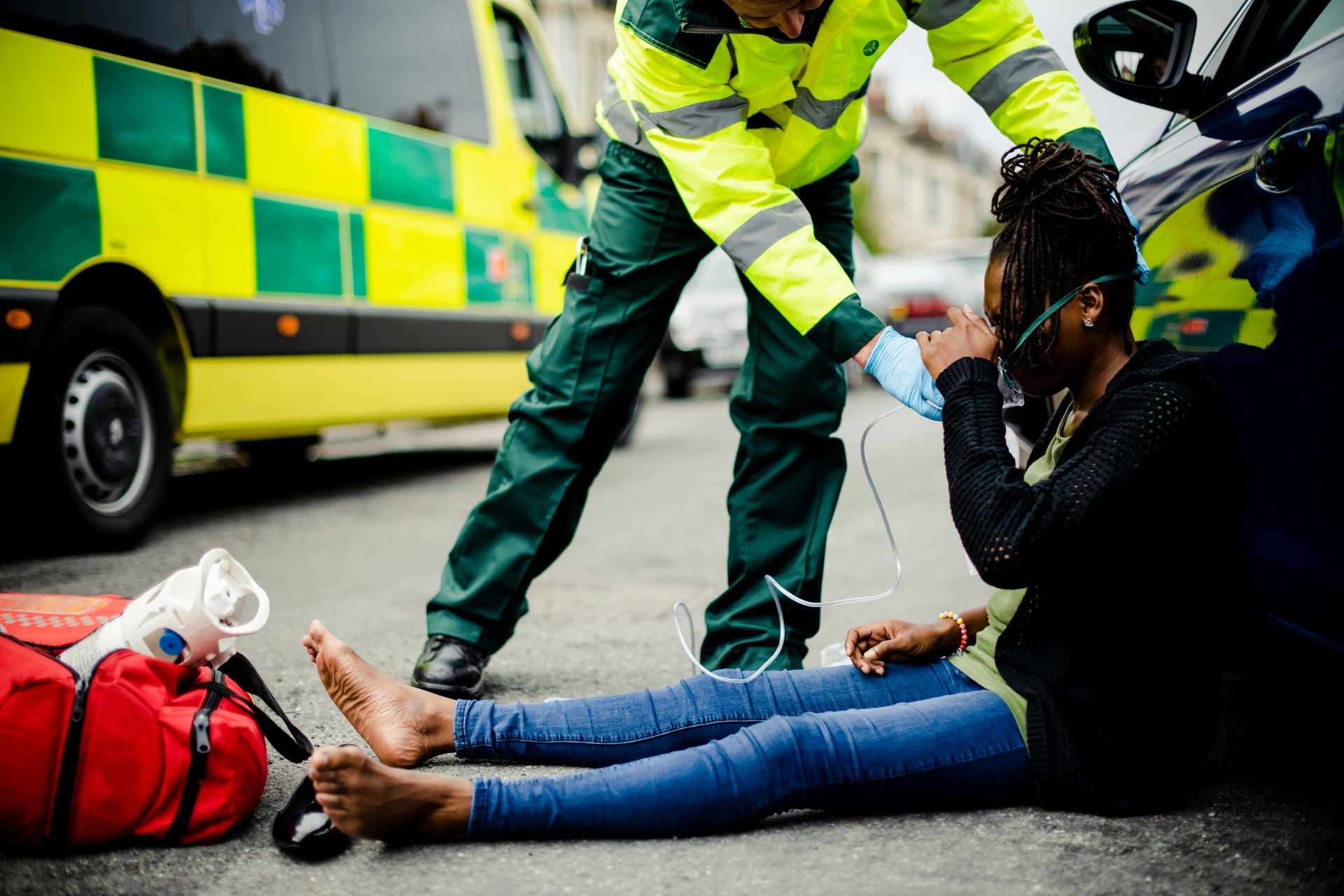Assessment and Management
Dealing with a patient at the scene
 As discussed, safety will be an initial priority as the current may still be live and present a danger to you. Ensure the electrical supply is cut off and you are certain it is safe to approach.
As discussed, safety will be an initial priority as the current may still be live and present a danger to you. Ensure the electrical supply is cut off and you are certain it is safe to approach.
Work through your primary survey of the patient, if there are any time-critical features, conduct an emergency transfer to the nearest appropriate hospital while providing patient management on route.
Special considerations may need to be given to;
- Airway patency and support. Potential airway burns or respiratory failure/distress may evolve.
- The patients’ breathing may need support following muscle paralysis or spasm.
- Heart rate and rhythm may be affected, requiring ECG monitoring and 12 lead. Low volume electrical sources are less likely to cause any arrhythmias, whereas high voltage may develop later on.
- Trauma consideration for where injury may have occurred
- Burns guidelines may need to be followed depending on the severity
Management and outcomes may depend on different magnitudes of current. Equal to or lower than 240v being a domestic low voltage level, greater than 480v being industrial high voltage.
A low voltage exposed patient with no injuries, is asymptomatic, and normal 12 lead ECG may not require hospital assessment. Although it would be down to you as a clinician to assess this, ensure safety netting is in place, and further support if needed.
Any high voltage exposed patient should be transferred to further care, with defib pads attached in case of any sudden cardiac arrhythmias.